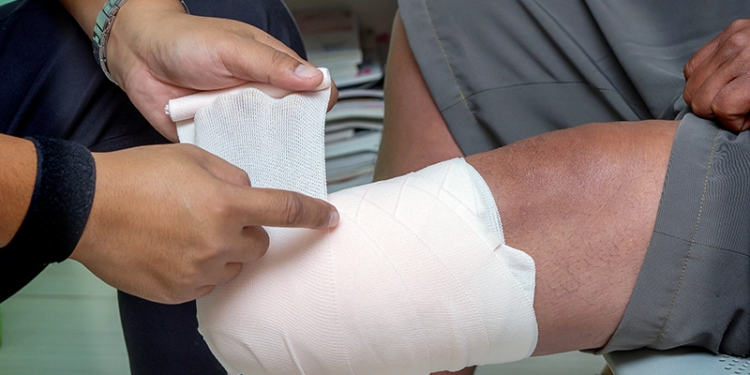A study published online August 22 in the Annals of Vascular Surgery, compared the outcomes of patients undergoing immediate postoperative prosthesis (IPOP) placement after a transtibial amputation to those of a historical control group managed with traditional soft compressive dressing placement.
The IPOP cohort included 37 patients who underwent a transtibial amputation between 2007-2010. The non-IPOP group included 35 patients who underwent a transtibial amputation between 2006-2007. Their medical records were retrospectively reviewed. Patient comorbidities and preoperative ambulation status were compared between the two groups. Primary outcomes evaluated included perioperative systemic complications, wound complications, need for surgical revision, and the time until placement of a definitive prosthesis.
The study concludes that patients undergoing IPOP have similar perioperative systemic and wound complication rates compared to those patients undergoing conventional transtibial amputation, but are less likely to require surgical revision. Further, IPOP allows for early ambulation and rehabilitation, which may be of psychological and physiological benefit. The researchers recommended that IPOP placement should be considered for all appropriate candidates requiring transtibial amputation.
Editor’s note: This story was adapted from materials provided by the Annals of Vascular Surgery.




